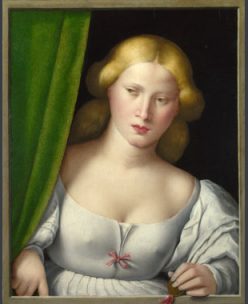“Analyzing the Bible as an artifact concerning gender is an activity whose impetus lies almost entirely with the reader and is a reflection of the reader’s culture, beliefs, and worldviews”
Lawrence, Beatrice. “Gender Analysis: Gender and Method in Biblical Study.” Method Matters: Essays on the Interpretation of the Hebrew Bible in Honour of David L. Peterson, edited by Joel M. LeMon and Kent Harold Richards. Society of Biblical Literature, 2001, pp. 333-346.
And David J.A. Clines says that “It is not the Bible that sets the agenda but the culture in which its interpreters find themselves”.
Quoted from: Lawrence, Beatrice. “Gender Analysis: Gender and Method in Biblical Study.” Method Matters: Essays on the Interpretation of the Hebrew Bible in Honour of David L. Peterson, edited by Joel M. LeMon and Kent Harold Richards. Society of Biblical Literature, 2001, pp. 333-346.
Why am I mentioning the Hebrew Bible of all things, on a blog concerning itself with strangeness? Well, there is this notion called the death of the author, where as soon as a creator releases something — a piece of art, a book, a poem, a song — into the public sphere of the viewers, readers, and listeners, the creator’s initial meaning for their creation, in a sense, dies. It no longer matters what the original author or creator intended for the work to mean, what messages or feelings they intended it to convey; the creation is strictly in the hands of those who are now subject to it. This notion of there are as many books as there are readers is an almost universal one: it can be applied to almost anything in existence. We as humans, one could say, see through the lens of our heart’s deepest desire, we see through the lens our personal experience shapes. To bring metaphors into the mix in order to explain this notion, one could say that we all wear glasses. These glasses are not normal glasses, they are shaped and formed uniquely to us, they are our personal glasses, and we very rarely take them off, not to mention try on others’s glasses. These glasses are an appendage of our bodies that are hard to remove, but also they are malleable, and they adapt to us personally: our experiences, our opinions, our beliefs, our desires, our selves shape and mould these glasses, so that we see the world in “our” way, and we see the same world differently than others, for each individual person has their own individual pair of glasses that we see through.
Since this metaphorical glass is personally malleable, that would mean that we all see things differently, but wouldn’t it also mean that we are in a sense blinded by ourselves? If we’re looking through glasses, and not seeing things with the naked eye, how do we know that what we are viewing through the glasses is true to its nature, do the glasses allow things to be true to their nature, or is the glass slanted, bent, dirty, discoloured, distorted so that the things we think we are looking at are distorted too? How would we know the difference between a thing’s true nature or a mere single representation of it if we are constantly wearing the glasses and are unable to take them off?
If everyone is wearing metaphorical glasses over our eyes, never seeing things with the naked eye, the objective eye one could call it, or the unbiased,
Of course, no one metaphor will ever do anything justice. Like a poet, we have to perpetually be coming up with metaphors for we, like poets are in love with the world, and like a crush, want to keep the world here, keep increasingly coming up with new things to say about it.
Is, then, anything strange, if human beings are the one witnessing their own existence? How can anything be strange if it is seen through human eyes?
Yoko Ono, Cut Piece. 1965. Posted on Youtube by vbethany [Youtube user] on February, 28 2013. 08:00. Web. Mar 2017. <https://www.youtube.com/watch?v=lYJ3dPwa2tl>
This is Yoko Ono’s performance art piece, “Cut Piece”
Essentially, the art is the hands of the viewer and the viewer (For their viewing pleasure) can and does whatever they wish to. Cut Piece is in the viewer’s hands, literally: what the art is, what the art means, what the art is saying is controlled by the viewer. The subject matter herself is totally dominated by the viewer.
In this case, the artist here presents herself on a stage with a pair of scissors. The audience members are then allowed to interact with her. They are given the opportunity to take the pair of scissors and cut a piece of Yoko Ono’s clothing. This really is experimental performance art: the artist acts as the art itself and allows the viewer to do whatever they may choose to with the artist. And she, like a good model, will sit their unmoving as the viewer “views” her.
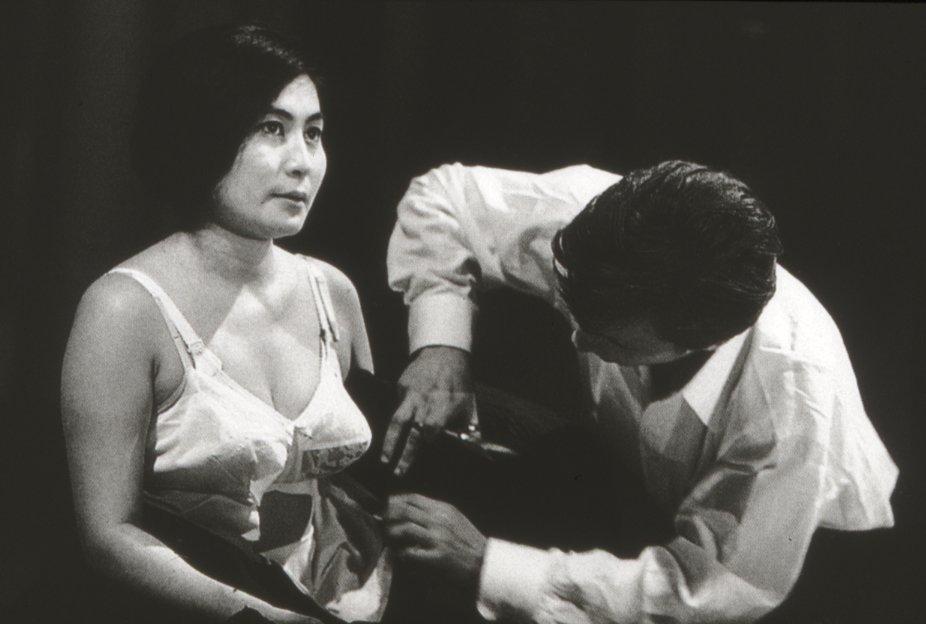
Of course this is a work of art which criticizes the portrayal of women through art history. Yet what makes Cut Piece unique from other portraits of woman throughout art’s history, is that she, the subject matter, is in the flesh. The viewer is interacting with her explicitly and directly.
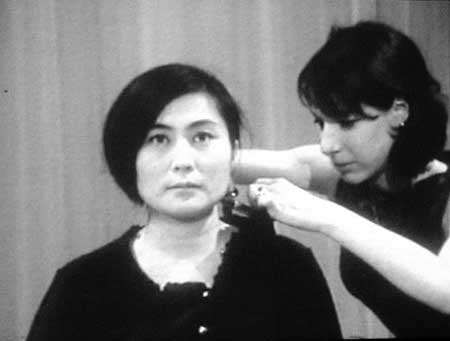
There is no line of demarcation between the viewer and the subject matter, they share the same space; while in painting, the canvas or frame acts as the threshold between the two realities: the world of the art itself which lies behind the surface, and the world of the viewer, who lies at the foot of this threshold and peers in through it like a window. What’s interesting about art is that there are two parties involved – the viewer and the subject matter/artist (perhaps the artist could be considered a distinct third party, but I like to imagine that art itself is the voice of the artist, and therefore the two are one in the same thing — at least in most cases). This relationship between art and its viewers is not exactly what one would call a fair, two way street.
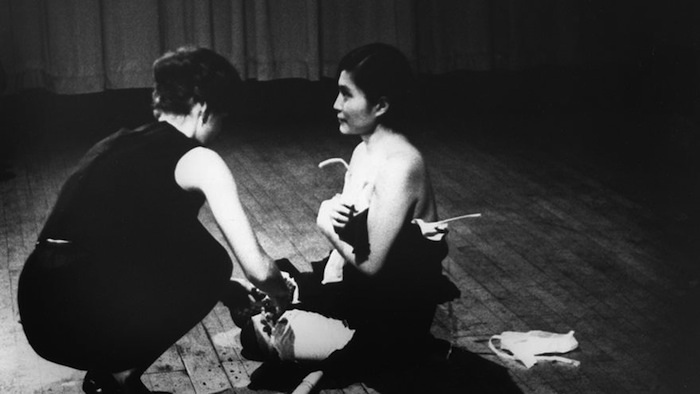
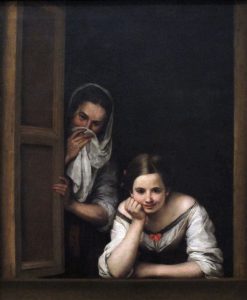
The viewer is afforded the opportunity to view the artwork and make of it what they please. The viewer is not at all governed by the art, nothing about the viewer’s experience is controlled or dictated; they have the liberty to think, feel, and say whatever they like void of consequence. See the viewer hides behind the screen of the canvas, the threshold between the two acts as a looking glass for the viewer, and on the other side, a mirror for the subject matter to gaze at herself, while the viewer gazes at her.
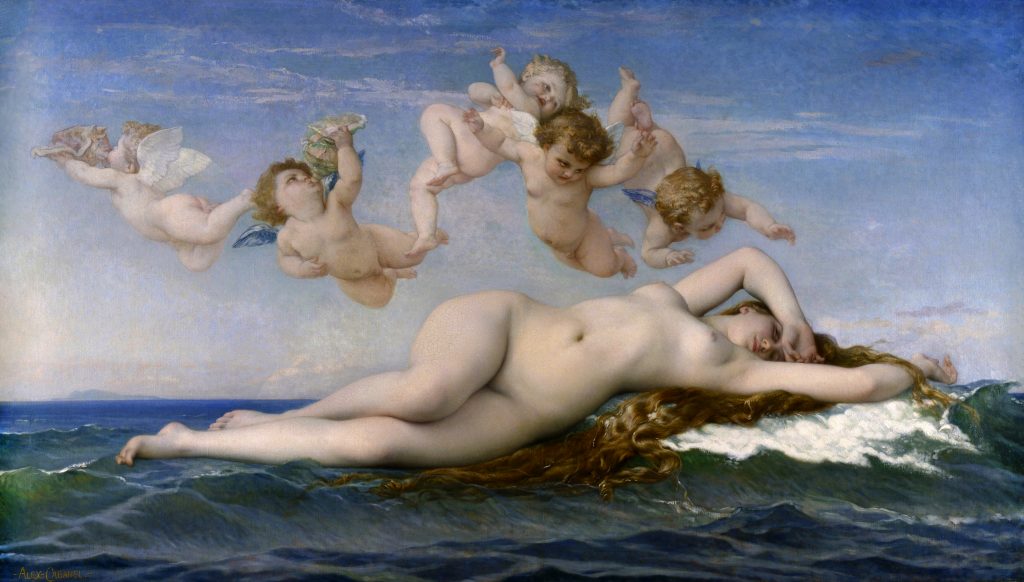
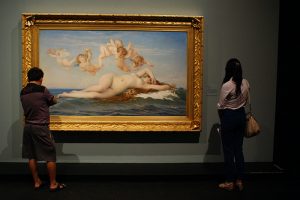
The viewer is invisible as the threshold separating these two worlds is one-way glass. The art is perhaps not aware of their objectification, sexualization, demeaned, oppressed, defined inaccurately, or misidentified altogether: their identity is ambiguous, and therefore the viewer is given the agency to project whatever identity they see fit onto an unaware subject, denying and quelling whatever freedom the art and its artist had.
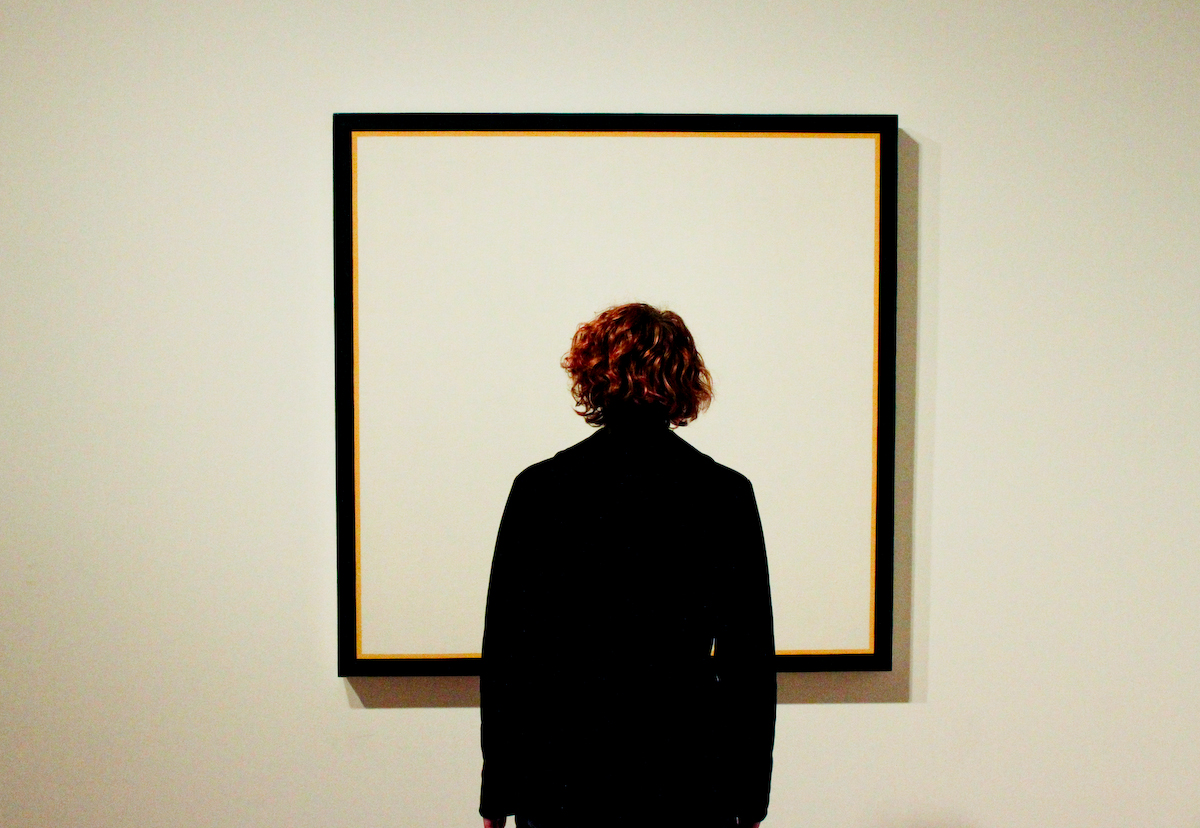
To be continued.
